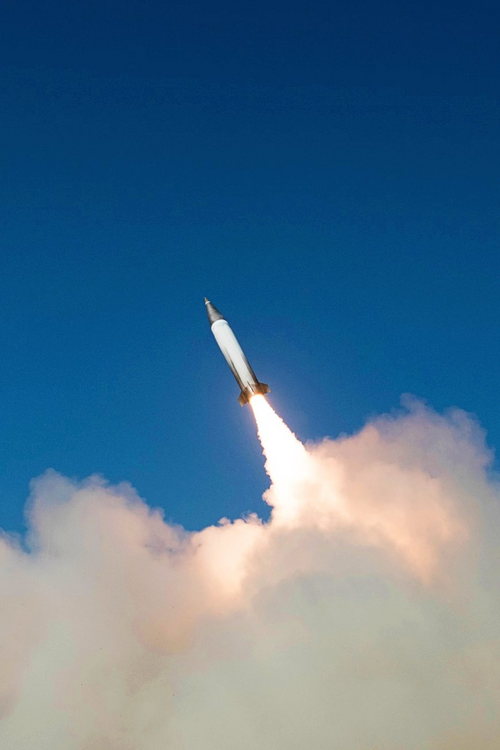Forest Green
ACCESS: Above Top Secret
- Joined
- 11 June 2019
- Messages
- 9,458
- Reaction score
- 17,265
I can't read the article, but it's equally absurd & hilarious that we've spent so many years & oodles of money to build a YUGE fleet of stealth aircraft only to turn around & give the job of dismantling air defenses to stuff like ATACMS, The PRSM, & other long-range surface-to-surface missiles while The F-35 essentially just stands around & watches the action unfold after passing along the coordinates of the target.
View: https://www.youtube.com/watch?v=eay2yotwFD0
Not sure as to how The PRSM will be able to hit the radars of, say, a SAM site in a GPS-denied environment unless they opt to turn it into an air launched ballistic HARM like Israel's ROCKS.

Seeker For U.S. Army's New Anti-Ship Ballistic Missile Flight Tested
The Army is working on a Precision Strike Missile variant that can hit moving ships, as well as hostile air defenses, using a new seeker.

The U.S. Army Tests Multi-Mode Seeker for PrSM Missile | TURDEF
The U.S. Army, on the way to anti-ship capability for PrSM ballistic missile, has flight-tested a multi-mode seeker to allow the engagement of ships.


